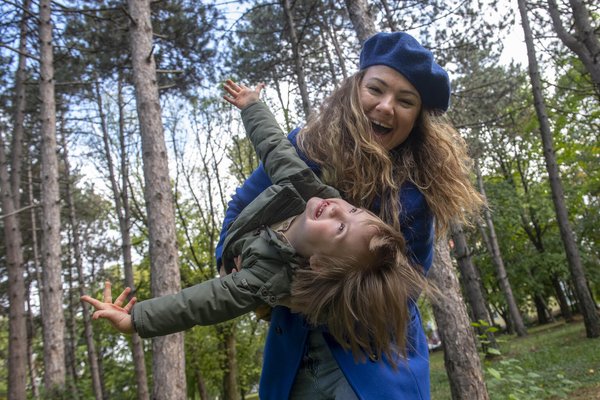Engaging with your child with disability
Every child has their strengths, passions and talents, including children with disabilities. These may be in doing artwork, in their personality, in their motor skills or in something else. It’s more important for us to focus on what children can do, their abilities, rather than their disability. We can use children’s abilities and interests to assist the areas that they have most challenges with. By focusing on what the child can do, we can help ourselves, the members of our family and other community members see, acknowledge and celebrate their abilities and potential.

Here are some tips on engaging with your child:
✔️ Use positive and responsive interaction with your child. Spend time talking with them, explaining in simple language what it is you’re doing, smiling with them, telling them all about their environment, making noises around them so they can respond to noises.
✔️ Your children may or may not be able to speak with you depending on their condition. But even if they cannot speak, try to create a communication-rich environment as a part of your daily family routines: talk to your child, using different voice intonation, cards with simple images (e.g. toothbrush for brushing teeth), body movement or assistive technologies. Pay attention to the child’s reaction and respond to her cues. This responsive, two-way interaction is critical for child development.
✔️ Everything that you do, as you are moving around the house, doing your housework - involve and include your child in it. Take your child into the room where you are working. Tell them what you are doing: you are washing the dishes; you’re dipping the dishes in the water. Describe the things you work with or those surrounding you and the child – the shape, texture, smell, taste, etc. Allow your child to touch, smell, and experience some of those.
✔️ You can stimulate them by playing with them, making little toys at home, putting stones in a bottle and shaking it, by waving different coloured ribbons in front of their eyes. There are many things that you can do with just things around your house. Be creative!
✔️Play with your child: read to them, show them pictures, tickle them, hug them, cuddle them. They will respond to you with laughter and smiles. If they don’t like a particular play that you are doing, they will let you know. They will stop laughing, they will stop smiling. Try something else.
✔️If you don’t have a lot of time to play with your child, there may be other family members in your home who will be able to do it. Brothers and sisters are really great. They stimulate them because they talk to them a lot and they play with them. They don’t seem to be concerned about whether a sibling has a disability. They play with them just like with anyone else.

